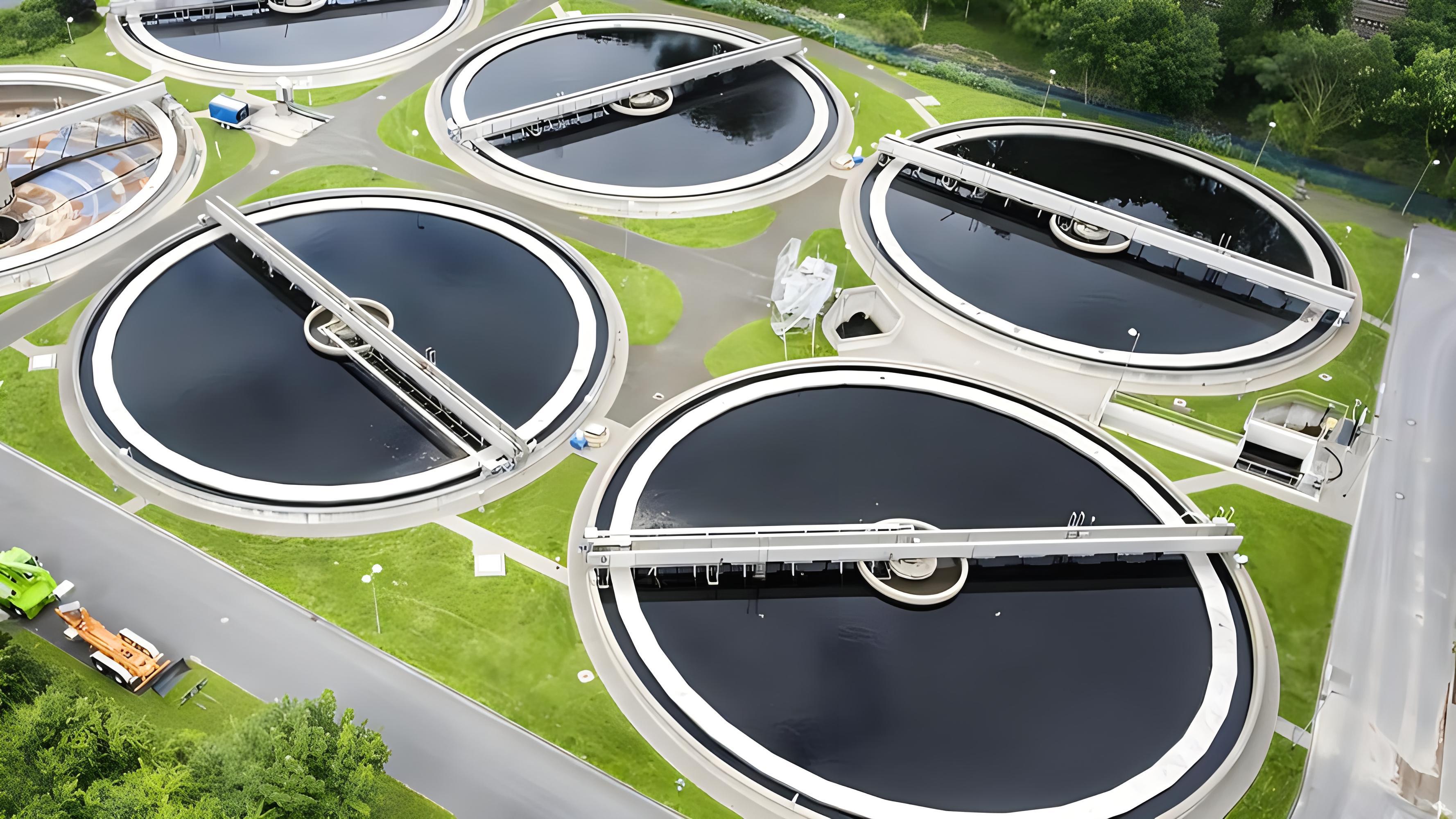29
2024
-
03
Several treatment methods of excessive heavy metal in sewage station
Author:
The main source of heavy metal pollution is industrial pollution, followed by traffic pollution and domestic garbage pollution. Industrial pollution is mostly discharged into the environment through waste residues, waste water and waste gas, which are enriched in people and animals and plants, thereby causing great harm to the environment and human health. The treatment of industrial pollution can reduce its pollution through some technical methods and management measures, and finally reach the national pollutant discharge standards. Heavy metals generally exist widely in nature with natural concentrations, but due to the increasing number of human mining, smelting, processing and commercial manufacturing activities of heavy metals, many heavy metals such as lead, mercury, cadmium and cobalt enter the atmosphere, water and soil, causing serious environmental pollution and endangering human health! According to the characteristics of heavy metal wastewater, the current common treatment methods of heavy metal wastewater are: chemical precipitation, REDOX treatment, solvent extraction separation, adsorption, membrane separation, ion exchange method. Through its treatment, toxic into non-toxic, harmful into harmless, and recovery of precious metals, the purified waste water recycling measures to eliminate and reduce the discharge of heavy metals.

1, chemical precipitation method Chemical precipitation method is the method of transforming the dissolved heavy metals in the heavy metal wastewater into insoluble heavy metal compounds, including neutralization sedimentation method and sulfide precipitation method.
2, REDOX treatment (chemical reduction method) Cr in electroplating wastewater mainly exists in the form of Cr6+ ions, so adding a reducing agent to the wastewater to reduce Cr6+ to slightly toxic Cr3+, adding lime or NaOH to produce Cr(OH)3 precipitation separation. Chemical reduction treatment of electroplating wastewater is one of the earliest treatment technologies, which has been widely used in our country. Its treatment principle is simple, easy to control, and can withstand the impact of large amount of water and high concentration of wastewater. According to the different additives, it can be divided into FeSO4 method, NaHSO3 method, iron filings method, SO2 method and so on. Chemical reduction method is used to treat Cr wastewater, lime is generally used in alkalization, but there is much waste residue. With NaOH or Na2CO3, the sludge is less, but the drug use is high, and the treatment cost is large, which is the disadvantage of chemical reduction method.
3, solvent extraction separation Solvent extraction method is a common method for separating and purifying substances. Due to the liquid-liquid contact, it can be continuously operated, and the separation effect is better. When using this method, it is necessary to choose a highly selective extractant, heavy metals in the wastewater generally exist in the form of cations or anions, for example, under acidic conditions, complexing with the extractant, from the aqueous phase to the organic phase, and then under alkaline conditions to be backextracted to the aqueous phase, so that the solvent is recycled for recycling. This requires attention to the selection of aqueous acidity during extraction manipulation. Although the extraction method has great advantages, the solvent loss in the extraction process and the energy consumption in the regeneration process make this method have some limitations and the application is greatly limited.
4, adsorption method Adsorption method is an effective way to use the unique structure of the adsorbent to remove heavy metal ions. The adsorbents used to treat electroplating heavy metal wastewater by adsorption method include activated carbon, humic acid, sepiolite, chitosan resin, etc. Activated carbon equipment is simple, widely used in wastewater treatment, but activated carbon regeneration efficiency is low, treatment water quality is difficult to meet the requirements of reuse, generally used for electroplating wastewater pretreatment. Humic acid substances are relatively cheap adsorbents, humic acid made into humic acid resin to treat wastewater containing Cr and Ni has been successful experience. Relevant studies have shown that chitosan and its derivatives are good adsorbents for heavy metal ions. After cross-linking, chitosan resin can be reused for 10 times without significant reduction in adsorption capacity. The adsorption capacity of Pb2+, Hg2+ and Cd2+ in the treatment of heavy metal wastewater by modified sepiolite is very good, and the heavy metal content in the treated wastewater is obviously lower than the comprehensive sewage discharge standard.
5, membrane separation method Membrane separation method is the use of polymer selectivity for material separation technology, including electrodialysis, reverse osmosis, membrane extraction, ultrafiltration and so on. Electrodialysis is used to treat wastewater from electroplating industry, and the composition of wastewater remains unchanged after treatment, which is conducive to the use of back tank. Cu2+, Ni2+, Zn2+, Cr6+ and other metal ion wastewater are suitable for electrodialysis treatment, there are complete sets of equipment. Reverse osmosis method has been widely used in Zn, Ni, Cr rinsing water and mixed heavy metal wastewater treatment. The reverse osmosis method is used to treat electroplating wastewater, and the treated water can be reused to achieve closed circulation. There are many research reports on the treatment of electroplating wastewater by liquid film method. In some fields, liquid film method has been advanced from basic theoretical research to preliminary industrial application stage, such as China and Austria all use emulsion film technology to treat Zn-containing wastewater, and it is also used in the treatment of Au plating waste liquid. Membrane extraction technology is a kind of separation technology with high efficiency and no secondary pollution, which has made great progress in metal extraction.
Related Products
Biological nitrogen removal process of low temperature wastewater
2024-05-28
Prevention and treatment of calcium carbonate scaling in reverse osmosis operation
2024-05-22
Treatment of pyrazolone production wastewater - bipolar membrane electrodialysis process
2024-05-20
How much salt does sewage contain that can enter the biochemical system?
2024-05-17
Huanke Environmental Protection Technology
HOTLINE:
Address:Gongye 1st Street, Weicheng District, Weifang City, Shandong Province China
Contact:Zhang Gong
Phone:+86-18865361829
Email:sdhuanke@163.com


Consult
Copyright © 2023 Shandong Huanke Environmental Protection Technology Co., Ltd






